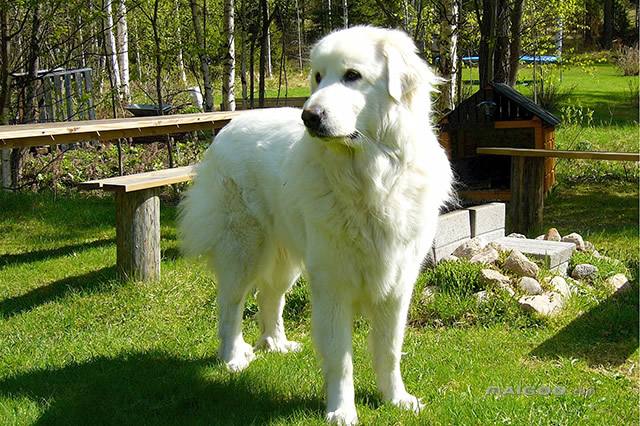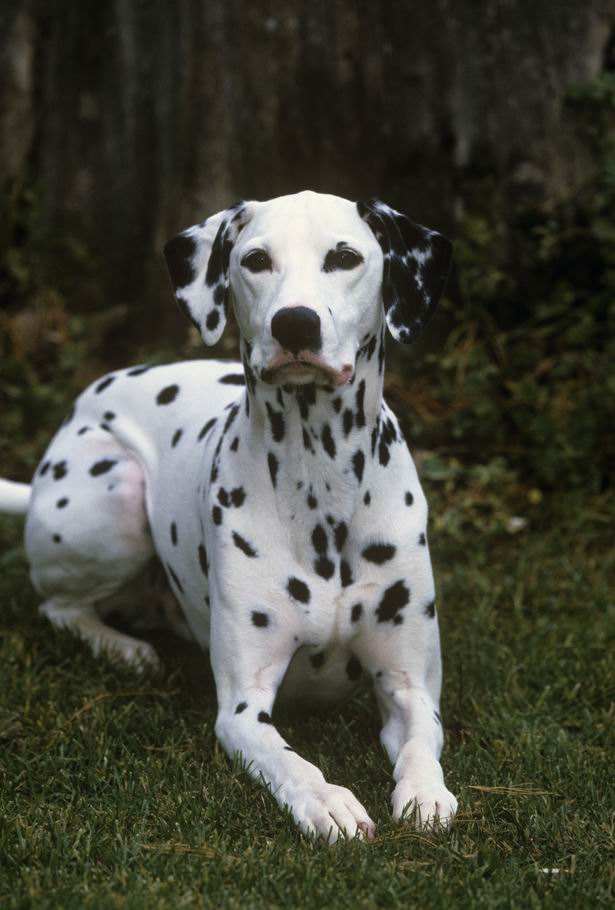
Chow Chow
Bear Chow, Woof Dog
The Chow Chow is a very fashionable pet and guard dog. It originated in Chin···

Borzoi
борзая,Russian wolfhound, Russian greyhound, Soviet wolfhound
The Russian Wolfhound is also known as the Soviet Shepherd Dog, and this nam···

Pekingese
Chinese lion dog, palace lion dog, Fu dog, etc.
Pekingese, the Chinese name for Pekingese, is an ancient dog breed originati···

Beagle
Tricolor Beagle,English Beagle
The Beagle is one of the world's famous dog breeds and is classified as ···

Bullmastiff
Canis lupus familiaris
The Bullmastiff originated in the United Kingdom and was bred by crossbreedi···

Chihuahua
Mini dog, teacup dog,Chihuahueño
The history of the Chihuahua from Mexico to the United States until 1898 is ···

Scottish Terrier
Aberdeen Terrier
The Scottish Terrier is a small dog, nicknamed "Scottish Boy". It has a very···

Great Pyrenees
Chien de montagne des Pyrénées,Great white bear
The Great Pyrenees is one of the most powerful dog breeds today. This magnif···

Old English Sheepdog
Bobtail Dog
The Old English Sheepdog is one of the oldest sheepdog breeds in the UK, bre···

Tibetan Terrier
Tsang Apso,Dokhi Apso
The Tibetan Terrier is not a true terrier, but a sheepdog, similar to the sh···

Chinese Crested Dog
Chinese Crested
The Chinese Crested Dog is one of the few hairless dog breeds in the world. ···

Greyhound
greyhound,Italian Greyhound
Greyhound, also known as Greyhound, is native to the Middle East. The Englis···

French Bulldog
bouledogue français,bouledogue
French Bulldog originated in France, is a descendant of the British Bulldog.···

Pug
Dutch dog, Axe dog,Tibet pug, Dutch bulldog, Dutch mastiff, Mini mastiff
The Pug is charming and elegant. It was officially named "Pug" in ···

Sealyham Terrier
Welsh Border Terrier, Cowley Terrier
The Sealyham Terrier is a breed that was completely improved by humans. Betw···

Skye Terrier
Welsh Terrier
The Skye Terrier originated in the 17th century and was bred on the isolated···

Japanese Akita
あきたいぬ/アキタイヌ,Akita dog
Akita dogs belong to the working dog group. They were raised by the Japanese···

Irish Terrier
An Madra Gearr,Irish Red Terrier
The Irish Red Terrier, also known as the Irish Red Terrier, originated in Ir···

African Lion Hound
Rhodesian Lion Dog,Canis lupus familiaris
The African Lion Dog, also known as the Rhodesian Ridgeback, originated in S···

West Highland White Terrier
Canis lupus familiaris
The West Highland White Terrier is a pure white dog from the western highlan···

Buteo rufinus
Brown-tailed Hawk,Long-legged Buzzard
The Rufous-tailed Hawk is a medium-to-large raptor of the genus Buteo in the···

Buteo buteo
Buteo buteo buteo,Buteo japonicus
The Eurasian buzzard is a bird of the family Accipitridae and the genus Bute···

Pernis apivorus
European Honey Buzzard、Western Honey-Buzzard
The Cuckoo-headed Honey Buzzard is a bird of the Accipitridae family and the···

German Wirehaired Pointer
Deutsch Drahthaar,Deutscher Drahthaariger Vorstehhund,Drahthaar
The German Wirehaired Pointer originated in the 18th century. Early Wirehair···

Saluki
Canis lupus familiaris
Originated in 3000 BC, it is native to Iran. This dog has a long history. In···

Irish Wolfhound
Cú Faoil,Canis lupus familiaris
The English name of the Irish Wolfhound is: Irish Wolfhound. It originated i···

Bedlington Terriern
Canis lupus familiaris
The Bedlington Terrier originated in the 19th century and is native to the U···

Dalmatian
Dalmatinac, Dalmatiner
The Dalmatian is an animal with a long history, and its unique spots are und···


